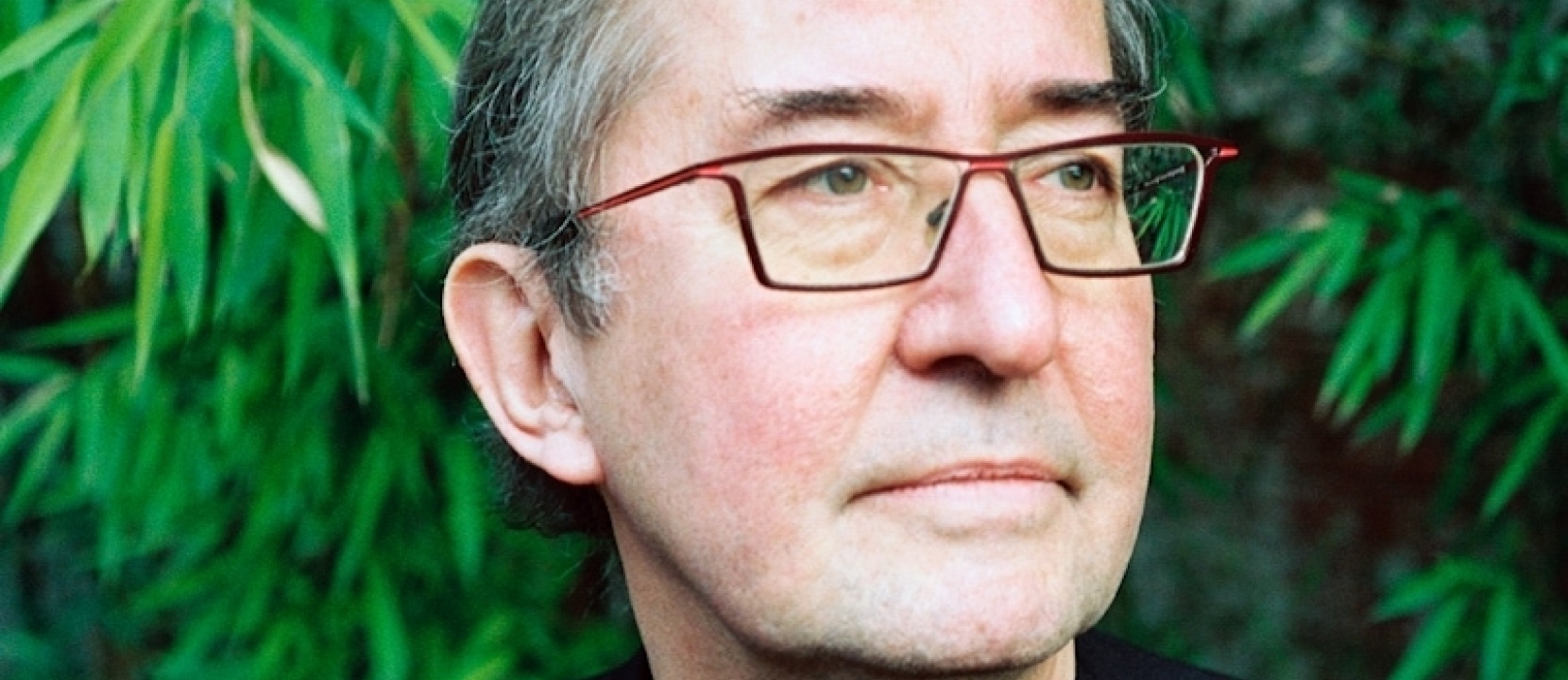With his Six Memos for the Next Millennium, Italo Calvino aims to defend six different values that he considers crucial for our future. Six values he does not want to become lost. Visibility is perhaps one of the most important of these values. Because it names the essence of what art is. Making visible. Visualizing the imagination. To make something is to make something appear that is not yet there.
One might ask why 'visibility' should be defended in a world that wants to show everything, right down to the obscene, and to be completely transparent. We live our lives surrounded by small and large screens that bring us everyday reality and everything that happens in it. By now, all those images have implanted themselves deep in our brains.
What is there left to imagine in a world inundated at every moment with an incomprehensible amount of images? Isn't our capacity to imagine something threatened by this unstoppable stream of images? Susan Sontag pointed out that daily images of violence and destruction affect our capacity to feel pity. Too many and too explicit images kill the imagination, and along with that, our capacity to emotionally and morally react to a situation. This is the visibility Calvino is referring to. The visibility of the imagination, not the visibility with which the media bombards our perception on a daily basis.
Calvino makes a distinction between two different processes of the imagination: one starts with words and eventually results in images and the other starts with images and ends in verbal expression. The first process occurs when we read: the words slowly produce an image that we see on our mental screen. The second is that of writing: the images in the writer's mind crystallize into words on paper. Theatre is made in the tension between these two processes. With some productions, it is the words that take the lead; with others, the story emerges from the logic of the images. Olympique Dramatique, with their explicit focus on the dramatic repertoire, clearly belongs to the first group while most of FC Bergman's productions belong to the second. The work of Lisaboa Houbrechts and that of Hannah De Meyer, which is both very visual and very linguistic, moves between the two groups.
However, the question remains: How can we as theatre makers create images that escape the terror of the culture of spectacle? How can we create an image that is not simply instantly consumed, only to disappear in the abyss of banality and meaninglessness?
In an article about the artist Luc Tuymans, Hans Theys describes his paintings as ‘unstable images’. By this he does not mean that Tuymans' paintings are blurry or difficult to grasp, but that “he creates images that, through their form, suggest that every image is a fabrication and that every attempt to conceal this – by presenting thoughts or images as absolute – is tantamount to an abuse of power or vulgar laziness. Everyone searches for more solid forms and stable words to nestle in, but a work of art wants to challenge as many certainties as possible. I think Tuymans would say that he iconizes precarious images without institutionalizing them. The aim is to create images with a political, disruptive power. His images show holes or cracks in the wallpaper of power. At the same time, and this is especially why they fascinate me, they also show holes in the wallpaper we drape over reality." Tuymans presents an image, but by making it 'unstable' he also immediately shows that it is a 'fabricated' image and thus could have been a different one. Making an image – making something visible – always has a political dimension, a dimension of power and exclusion.
The idea is to unmask those dominant images (and ideas), not by simply juxtaposing them with an alternative stable image, but by filling those images with contradictions. The Russian filmmaker Tarkovsky put it this way: “The artistic image cannot be one-sided: in order justly to be called truthful, it has to unite within itself dialectically contradictory phenomena.” That complex artistic image reveals stories that were previously marginalized or even silenced. I think that the shows of Lisaboa and of Hannah are intensely occupied with this.
For me, the visibility of theatre is fundamentally related to the invisibility of the director. It is only through the collaboration with other artists (writers, visual artists, musicians, actors) that I myself become visible as a director. In that sense, a director does not have one face, but many. Every new collaboration makes him or her visible in a different way. That collaboration – both at the level of the performance and at the level of the organization – is essential for me in order to become visible and to make visible. Imagination emerges from confrontations and differences: between ideas, between disciplines, between personalities.
Finally, visibility has to do with the greater whole. There are so many things we do not see or hardly see, or see too late. We are still too little aware of the many histories that surround us, of the greater history of which we are part. This applies to every individual, but also to mankind as a whole. If we think of life on earth as a day of 24 hours – and here we need our imaginations again – then modern man appears four seconds before midnight. That is an image that should humble us.
Guy Cassiers, 30 July 2020

